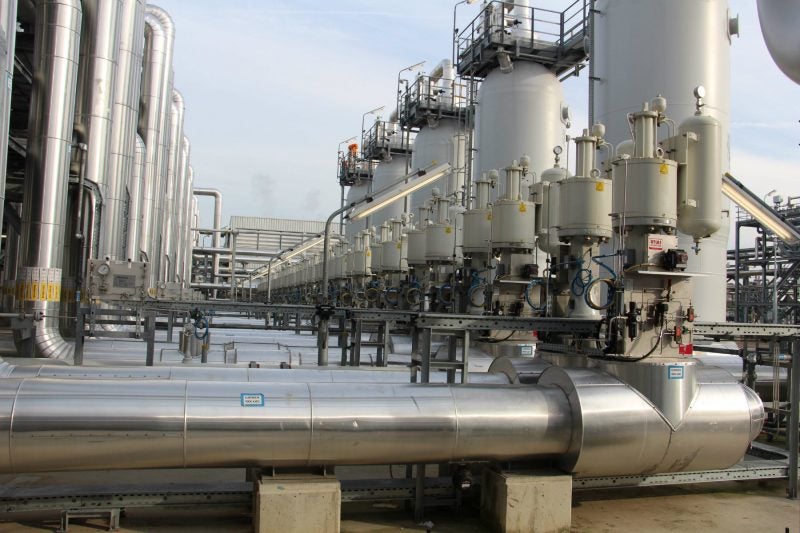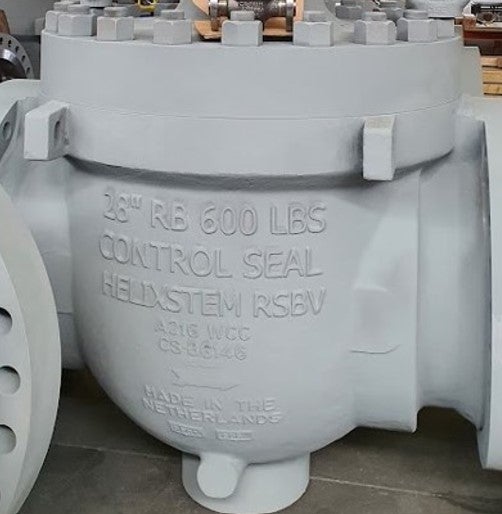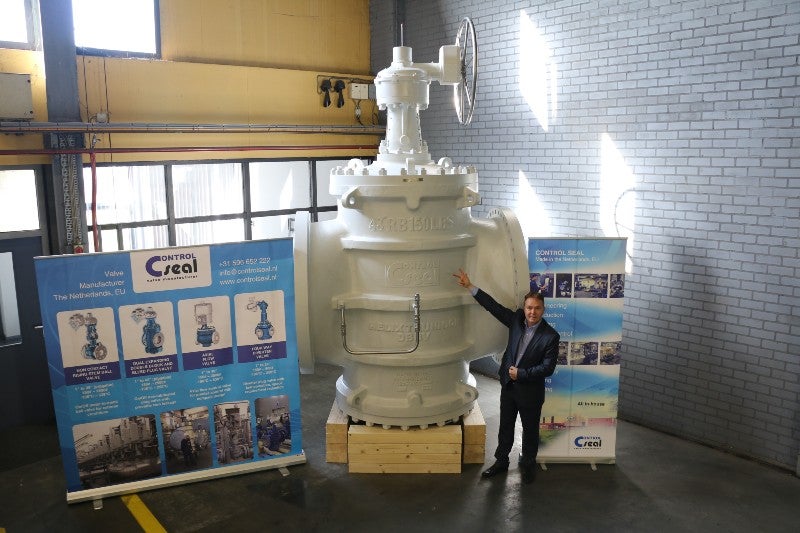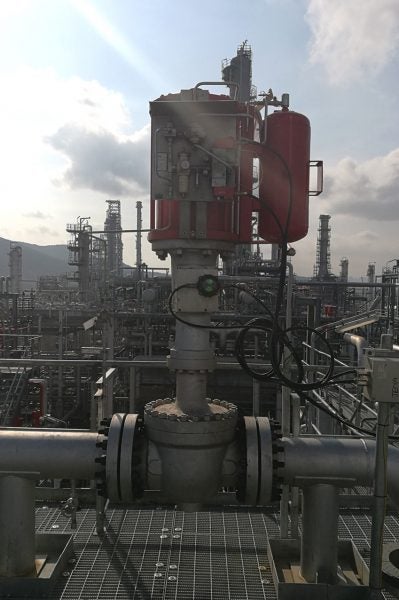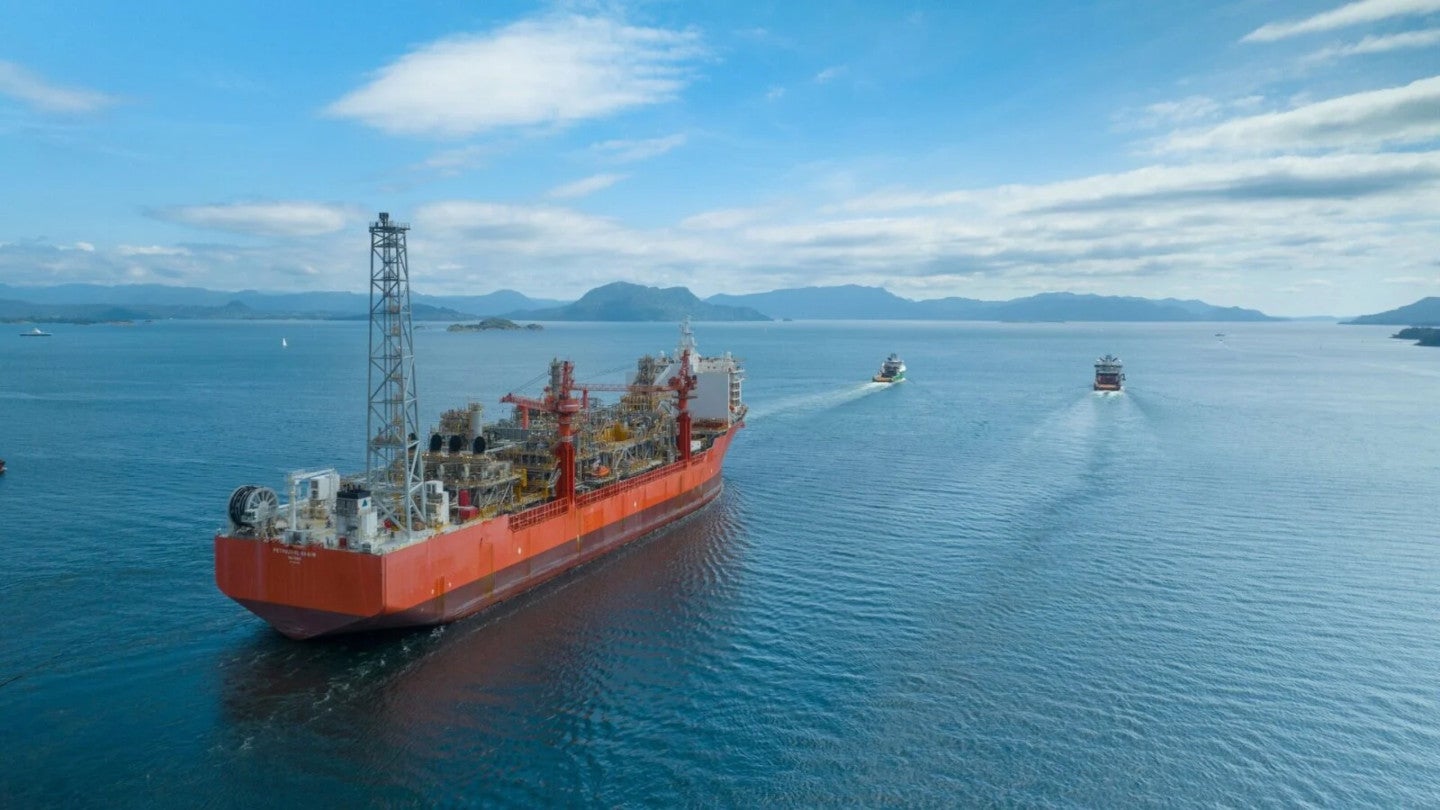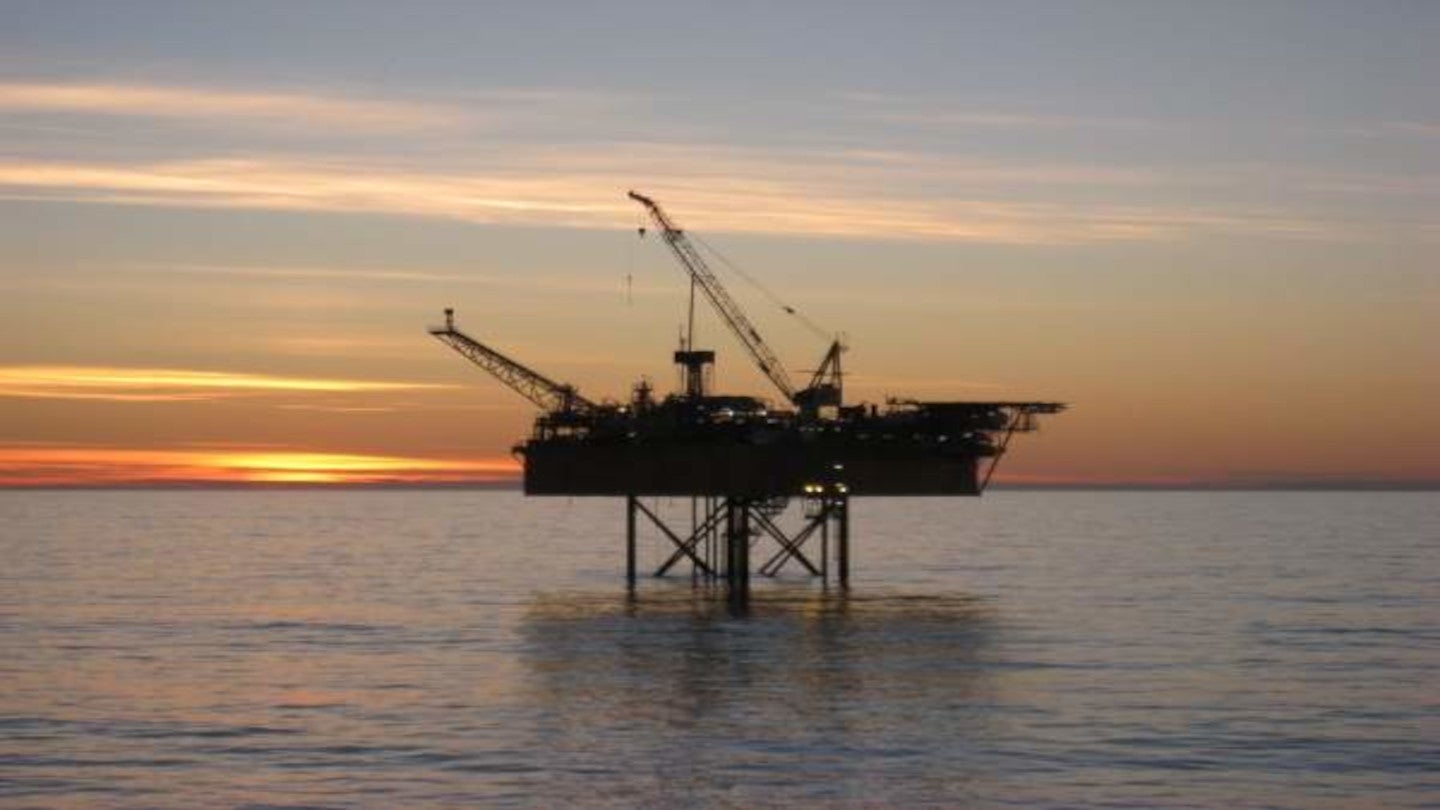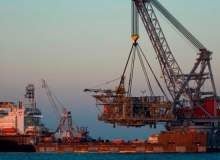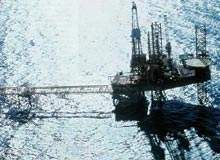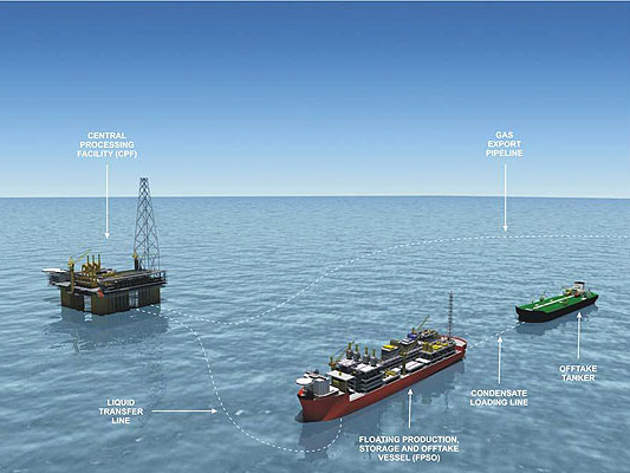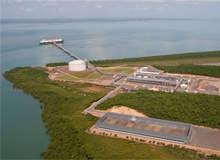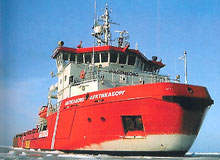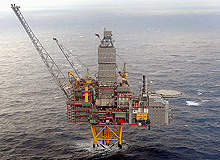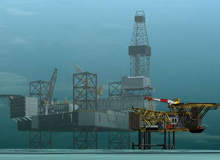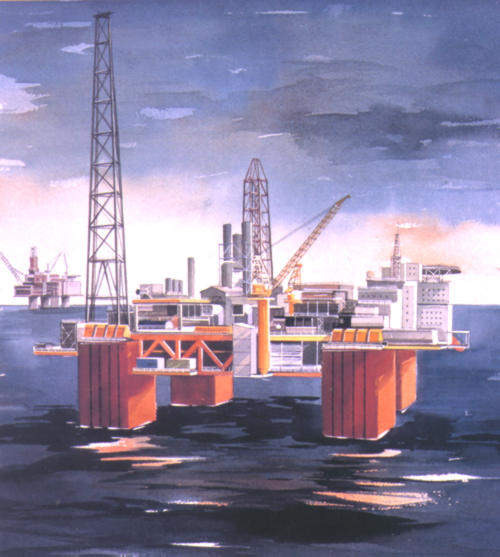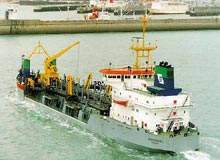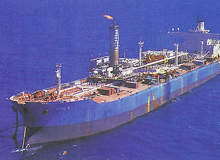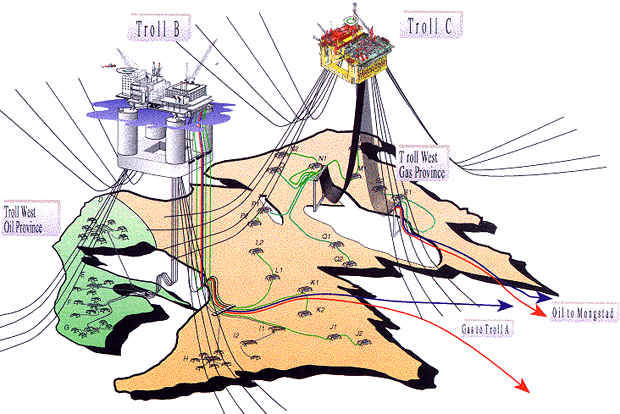Control Seal has more than 30 years of experience in the valve business and over 115 years in precise engineering, which started as Brons Motoren Fabriek. Having its facility located in Appingedam, The Netherlands, Control Seal thrives to be more than a valve manufacturer and become a reliable valve solution provider.
Control Seal’s product range consists of Dual Expanding Double Block and Bleed Valves (DBBV), Rising Stem Ball Valves (RSBV), Axial Flow Valves (AFV), Four-Way Diverter Valves (4WDV), Axial Check Valves (ACV), Butterfly Valves (BV), Globe Control Valves (GCV) and more.
Control Seal’s products are well-known and appreciated by major EPC contractors. Control Seal is registered as an approved vendor in more than 200 companies.
Control Seal’s valves are used worldwide, including offshore environments with the most extreme conditions.
Double Block and Bleed Plug Valve
Control Seal developed the Double Block and Bleed Plug Valve (DBBV) in the 1990s due to market demand for a friction-free bubble-tight shut-off valve, which reduces space requirements while requiring little or no maintenance. Control Seal’s DBBV gives a 100% bubble-tight sealing upstream and downstream, an excellent solution for DBB and DIB function in pipeline systems. Control Seal is the original developer of the Helixtrunnion® system.
Therefore, the industry requires a strict shut-off for valves with upstream and downstream sealing. Control Seal’s DBBV functions upstream and downstream, which would normally only be achieved by using two valves and a spool piece with a drain valve.
Long-life and friction-free DBBV
One of the crucial parameters that determine the lifetime of a valve is the sealing mechanism. Conventional vales have a sealing mechanism based on shear force, which results in wear and tear.
However, Control Seal’s DBBV was created to combat this issue of wear and tear. Control Seal’s DBBV’s sealing mechanism is based upon a radial movement only. The sealing is not liable to shear, friction or tear. In other words, there will be no abrasion on the seal and boast an exceptionally long lifetime, compared to other conventional valve types.
Low-maintenance DBBV for upstream and downstream operations
Control Seal’s DBBV is designed for easy and low-cost maintenance. Furthermore, bottom and top access are possible while the valve is in-line. No special tools are required.
Control Seal’s DBBV is easy to operate, and all kinds of actuators are compatible with the valve thanks to its Helixtrunnion® mechanism.
Control Seal DBBV is fire-safe certified according to BS6755 part 2 and API6FA standards by an independent inspection agency.
DBBV with unique backseat design
A unique feature of Control Seal’s DBBV is its backseat design. This allows servicing the stem packing while the line is under pressure. The integrity of the backseat has been tested by means of an extended test after fire-safe testing.
Non-slam DBBV
The self-locking operating mechanism on Control Seal’s DBBV prohibits the plug from rotating due to in-line forces. Therefore, there is no danger of line slam or shock.
Non-Contact, Friction-Free Rising Stem Ball Valve
Control Seal’s Non-Contact, Friction-Free Rising Stem Ball Valve (RSBV) has a single-seat friction-free design. Designed for frequent switching and fluctuating temperatures, they are also recommended for emergency shut-down and blow-down service.
Control Seal has also developed a non-contact RSBV designed for sand slurry applications with a sand content of +/-50%.
RSBV has a sealing mechanism based upon axial movement only, which is not liable to friction or tearing. This friction-free quarter-turn mechanical energised sealing means no abrasion on the seal and an exceptionally long lifetime, compared with other types of valves. Control Seal is the original developer of Helixstem®.
The stem of the Control Seal’s RSBV makes a small axial movement only when opening or closing. The stem is always balanced. No stem rotation occurs in combination with axial movement when opening or closing.
The stem packing of the RSBV can be adjusted while the valve is in service. All valves are executed with a backseat.
Low maintenance RSBV
Control Seal’s RSBV is designed for easy and low-cost maintenance. Furthermore, bottom and top access are possible while the valve is in-line. No special tools are required.
Control Seal’s RSBV is easy to operate, and all kinds of actuators are compatible with the valve thanks to its Helixstem® mechanism.
Axial Flow Valve
Control Seal offers various types of Axial Flow Valves (AFV), namely Axial On-Off Flow Valve, Axial Control Flow Valve, Axial Flow Surge Relief Valve and Axial Chock Flow Valve, which all ensure precise control of pressure and temperature and flow with a compact design.
Design and engineering excellence
Quarter-turn stem design enables the eccentric disk connected to the rotating system to move the piston rod practically frictionless, compared to a gear-rack which loses more than 50% of its thrust.
Furthermore, bubble-tight dual sealing up to ANSI FCI Class V or VI is achieved.
Fugitive emissions reduction initiatives
Control Seal was awarded ISO 15848 certification among the first vendors in the industry. Following this guideline, Control Seal covers its complete range of products to class BH, and some even to class A. ITIS BV successfully tested Supagraf® Premier in Control Seal valves for fugitive emissions according to ISO 15848-1 2006 CO2 Class A. This is the lowest rating of leakage defined under ISO 15848-1. This leakage limit was only reserved for bellowed sealed valves until then. This result demonstrates a change in the performance of braided graphite packing in relation to fugitive emissions.
Unlike many, Control Seal valve designs are operated purely by linear movement of the stem (no axial rotation), which ensures reduced wear and tear on the stem packing, resulting in minimum fugitive emissions.
Decades of hydrogen application valves
While other valve manufacturers are claiming that they are ‘hydrogen-ready’, Control Seal is beyond the ‘ready point’. They are experienced since 2001 in more than 24 countries worldwide when it comes to hydrogen. Recent projects in which Control Seal was involved are Bapco’s Modernization Project (500+RSBVs were delivered), Crude Flexibility Project in Abu Dhabi, and Hengli Hydrogen Project in China (180+ RSBVs were delivered).


